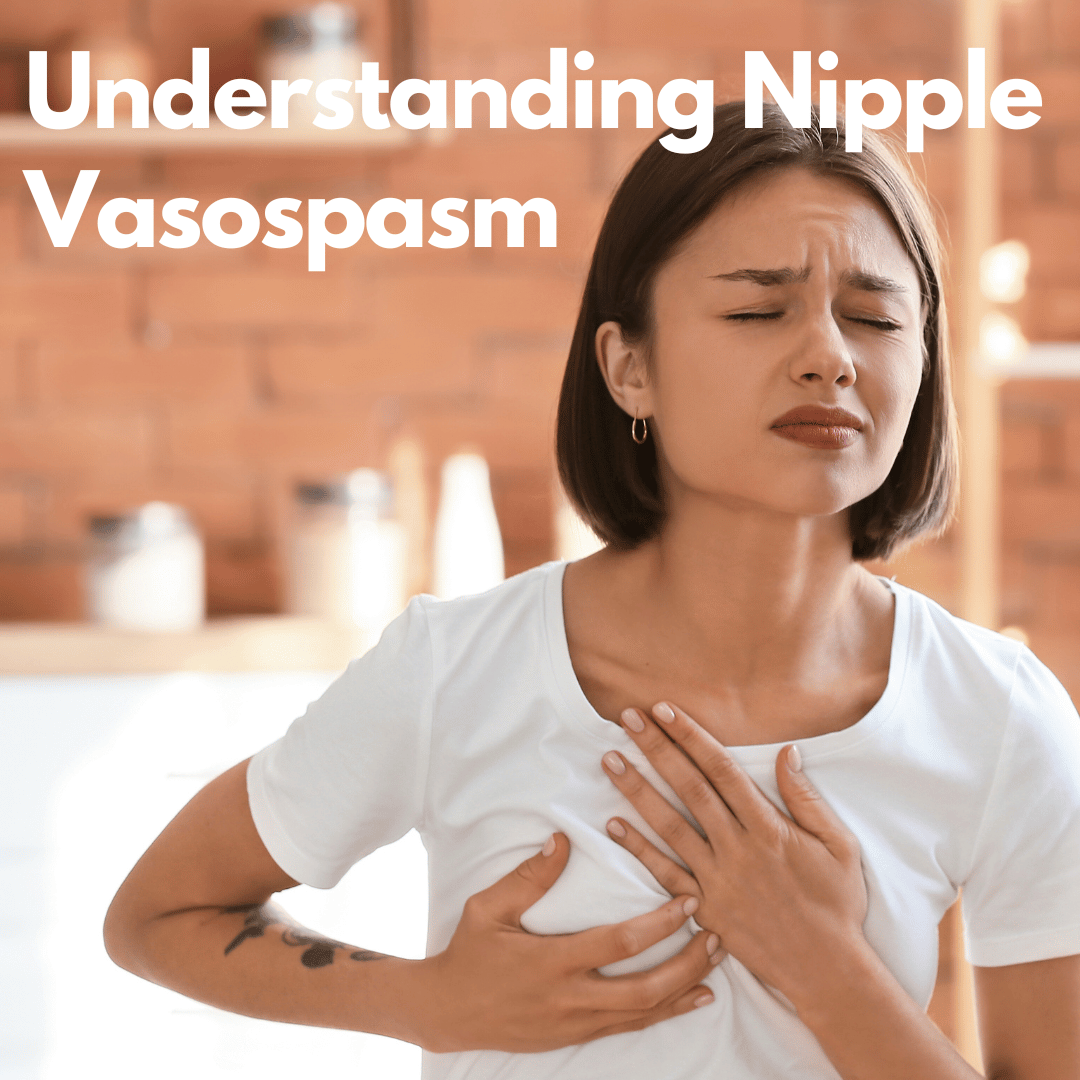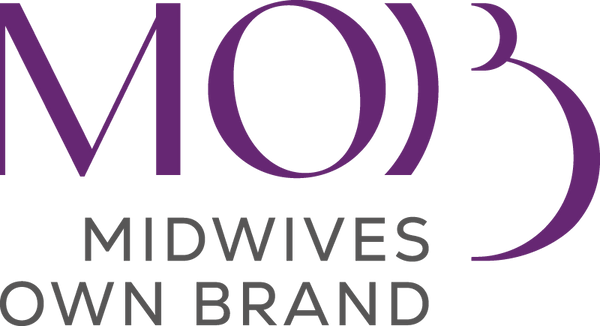
Understanding Nipple Vasospasm
Lucy SutherlandShare
What is Nipple Vasospasm?
Nipple vasospasm occurs when blood vessels in the nipple constrict or tighten, reducing blood flow and causing pain. This pain can range from mild discomfort to severe, particularly in cold conditions.
Vasospasm can affect any blood vessels in the body, including those in the heart, brain, and eyes. A similar condition, Raynaud’s phenomenon, affects the fingers, causing them to turn white when cold. Although less common, it can cause significant pain during, immediately after, or between breastfeeding sessions.
Who is Affected?
This is more common in women who:
- Have a family history of Raynaud's phenomenon.
- Tend to have cold fingers or feet or 'poor circulation.'
- Have a low body mass index (thin individuals).
Signs and Symptoms
- Intense nipple pain, often worse when cold, described as burning or throbbing.
- Nipple or nipple tip blanching (turning white).
- Colour changes in the nipple (blue, purple, or red) before returning to normal.
- Symptoms may last from a few seconds to longer durations.
Impact on Breastfeeding
The pain can range from minor to severe, sometimes becoming so intense that it affects the ability to continue breastfeeding.
For new mothers looking for products to assist with breastfeeding, check out our nipple covers, breast pump & other postpartum essentials.
Managing Nipple Vasospasm
Here are some tips to help manage nipple vasospasm while breastfeeding:
Avoid or Reduce Exposure to Triggers:
- Ensure proper breastfeeding attachment (consult a lactation specialist).
- Treat nipple damage (e.g., cracked nipples) or infections (e.g., nipple thrush).
- Avoid exposing nipples to cold air.
- Be cautious with medications or chemicals that can worsen vasospasm, such as nicotine.
Keep Your Nipples Warm:
- Apply a warm pack to relieve pain immediately. Check out Midwives Own Brand's breastfeeding hot/cold pack.
- Wear extra layers of clothing.
- Use 'breast warmers' like Flectalon (available from the Australian Breastfeeding Association).
- Avoid sudden temperature changes.
- Do not air your nipples; keep them covered and warm.
- Warm your bathroom before undressing for showers.
Seek Medical Advice:
If the pain persists, consider taking supplements or medication as recommended by your healthcare provider.

